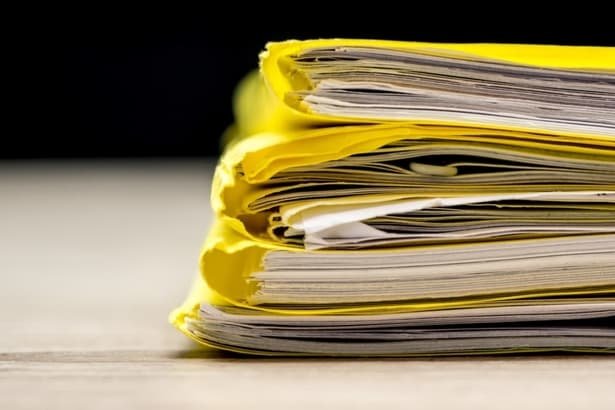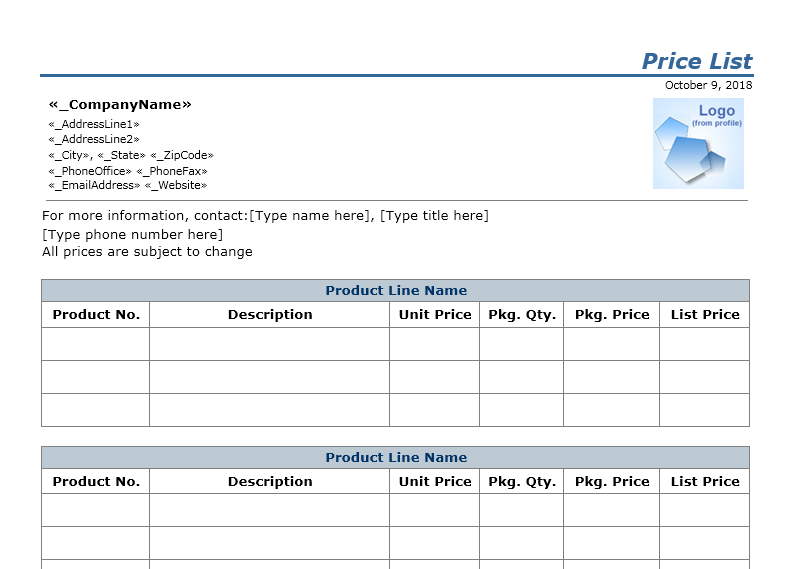Back to: BUSINESS STUDIES JSS2
Welcome to Class !!
We are eager to have you join us !!
In today’s Business Studies class, We will be discussing Office Documents. We hope you enjoy the class!

Office documents
Meaning of office documents: during business transactions, various documents pass through buyers and sellers. They could be in the form of letters or just an official note prepared by the company.
Office documents can, therefore, be defined as the documents or records that pass between one organization on the other for the effective and smooth running of a business transaction. These documents may be passed from one trader to the other, one organization to another or from a service provider such as lawyer, doctor or accountant to a client (customer). Examples of office documents are a letter of enquiry, quotation, price-list, agreements, bill of sales, delivery note sales invoice, purchase invoice etc.
There is usually proper documentation and records of every office document for future reference. Without office documents, business transactions will be so disorderly that constant disagreements or quarrels would arise between traders, companies and between service providers and their clients. The importance of office documents cannot be overemphasized.
Types of office documents
Office documents can be grouped into two:
- Sales documents
- Purchase documents
- Sales documents: sales documents are those documents prepared and issued by the seller to the buyer during business transactions. They include the following:
- Price list, catalogue
- Quotation
- Invoice and tender
- Delivery note/book
- Purchase documents: the purchase documents are prepared and issued from the buyer to the seller during a business transaction. They are the following:
- Letter of enquiry
- Order
Both sales and purchase documents pass between buyers and sellers in this order:
Letter of enquiry >> price list and (or) quotation >> order >> delivery note, invoice >> receipt.
In order not to disrupt this order and for the purpose of clarity, we will discuss these documents in this order in which they pass from the buyer to the seller or from seller to buyer. This will inculcate knowledge on when and how these documents are used in business transactions.
- Letter of enquiry
A trader who wishes to get a supply of a particular item seeks information through various means: newspaper, magazines, radio, television, catalogues, posters, and personal contacts with business associates, friends or relations. If eventually, he finds a source of supply. The major way through which he can find out whether the seller has the goods in stock and the price at which he can get them is by written or oral enquiry.
A letter of enquiry is, therefore, a business document (purchase document) sent from the prospective buyer to the seller or supplier asking him (the seller) whether he has particular goods in stock and the prices and terms at which he is willing to supply goods.
- Price list and quotation
A quotation is a reply to a letter of enquiry. Information found in the quotation includes names and addresses of both buyer and seller, quotation number, description, quantity, and price of goods being quoted.
Price list: this is a business document prepared and kept by the seller. It shows all the goods that the seller has in stock and their prices at that particular time.
At times, a customer or intending customer walks into the seller’s office to make an enquiry. This also may be made through the telephone, mails etc. From whichever way it comes, the seller’s duty is to make sure that the information about the company’s products gets to the inquisitor. This, the seller does either through quotation which has already been discussed or through the price list.

- Order
An order is a reply to a quotation or price list. Some companies do send their specially designed order forms to their customers for use when ordering their goods; while a buyer may write in his or her own way. Whichever way, the important thing is that the required information should be included.
- Invoice and delivery note:
An invoice shows the particulars of goods sold. It shows the names and addresses of both the buyer and seller, quantity and description of goods sold, date of sales, invoice number, amount of goods sold (both in figures and in words) and signature of both the buyer and seller.
Invoice is regarded as evidence of sales because when a transaction takes place between the buyer and seller, the seller issues an invoice to the buyer. It may be a credit or cash invoice. A credit invoice is issued when the buyer parts with the goods without payment or with part apartment while cash invoice is issued when the buyer pays cash on the spot. When eventually the buyer pays for the goods a receipt is issued to him.
Delivery note: a delivery note is evidence of the delivery of goods to the buyer. If the company delivers the goods to the buyer, it sends a delivery note together with the goods being delivered.
A delivery note is produced in triplicate or quadruplicate, a company designs the note to suit its circumstances. Two copies are given to the person who delivers the goods, while one is retained by the sales department for record purposes. The two given to the person who delivers the goods (usually the company driver) would be handed over to the person who receives the goods on behalf of the company or any person appointed to do so, (usually the store-keeper) who would sign the two delivers notes. One is given back to the driver or to the person that delivers the goods to be returned to the sender as evidence of delivery. The other copy is retained by the storekeeper or accounts office of receiving company as evidence of receipt of goods and for further entries in the books.
When the receiver examines the goods and finds out that they are in good order and complete as described in the delivery note, he signs the document and gives it to the person who delivered the goods.
One major advantage of a delivery note is that it is evidence of the delivery of the goods. It also enables the receiver to check the content of the package supplied before signing in acceptance of the goods.

Other documents that pass between buyer and sellers are:
- Catalogue:
This is a book (in the form of a magazine) produced and kept by the company for their customers and intending customers. The catalogue shows pictures of the goods that the company produces or sells. It shows the brand name, part, or identification number, and sometimes prices. It is intended for the customer to use and make his choice.
A catalogue is mostly used in international trade and mail-orders business where it is not possible to inspect the product before making choice.
- Tender:
Tender is a document that passes from the seller to the buyer. It is mostly used for services. A tender is to the service industry as a quotation is to tangible goods the person sending tender lists the job to be done together with the price at which the job will be done. Usually, he states the time, period within which the tender remains valid. On receipt of a tender, the buyer of the service sends his order if he is satisfied with the terms and price stated in the tender.
We have come to the end of this class. We do hope you enjoyed the class?
Should you have any further question, feel free to ask in the comment section below and trust us to respond as soon as possible.
In our next class, we will be talking about Trade. We are very much eager to meet you there.

I love this website
This is really helping me in my Exam 😄
Hi I love this website